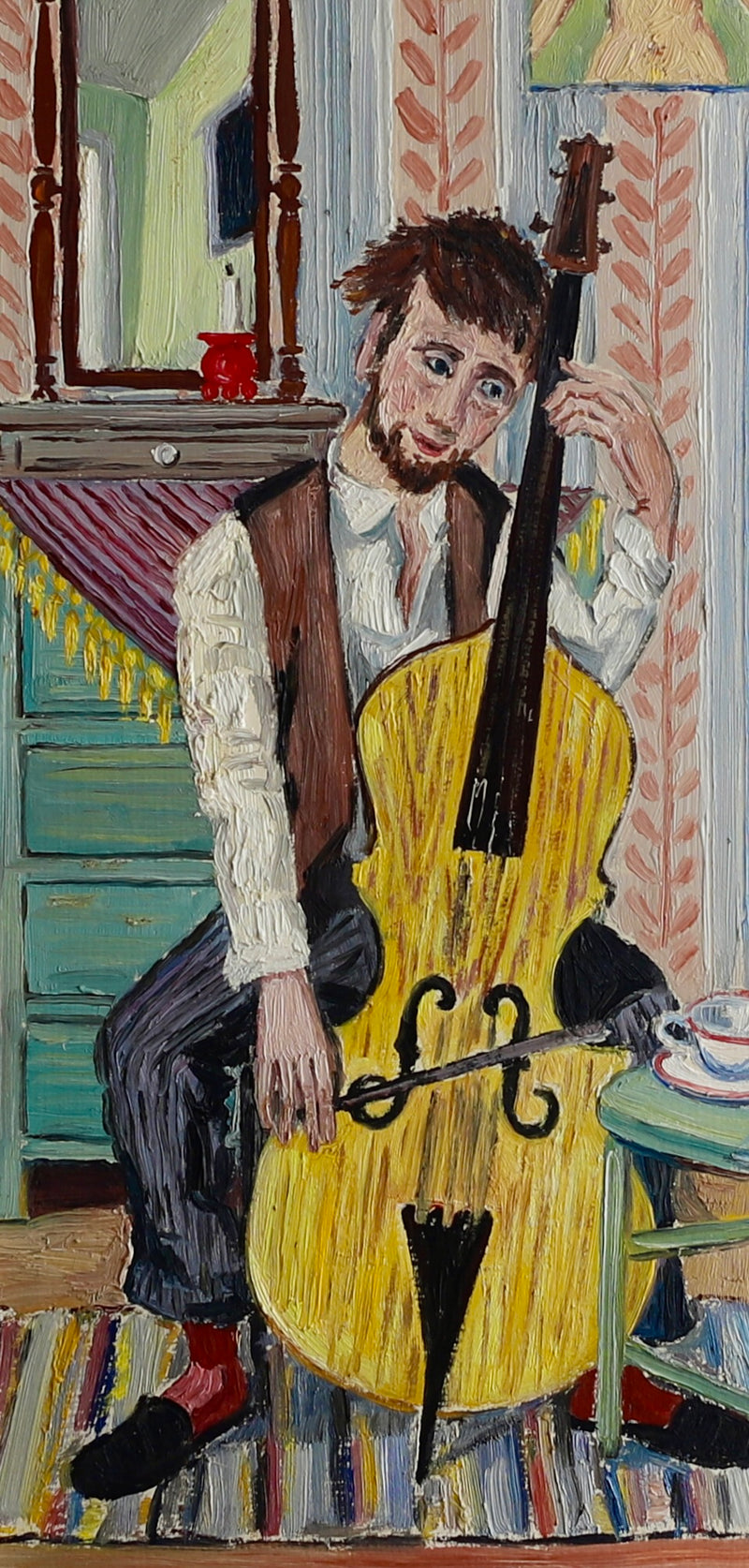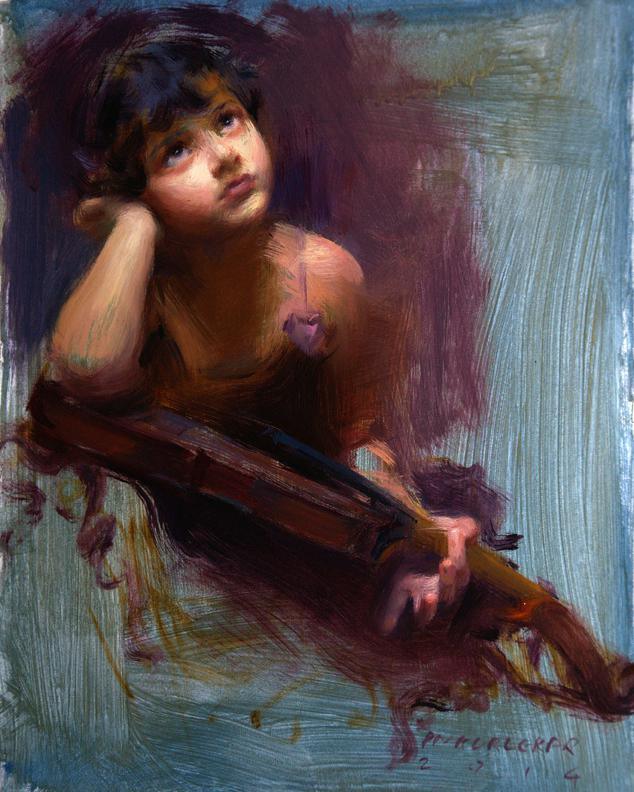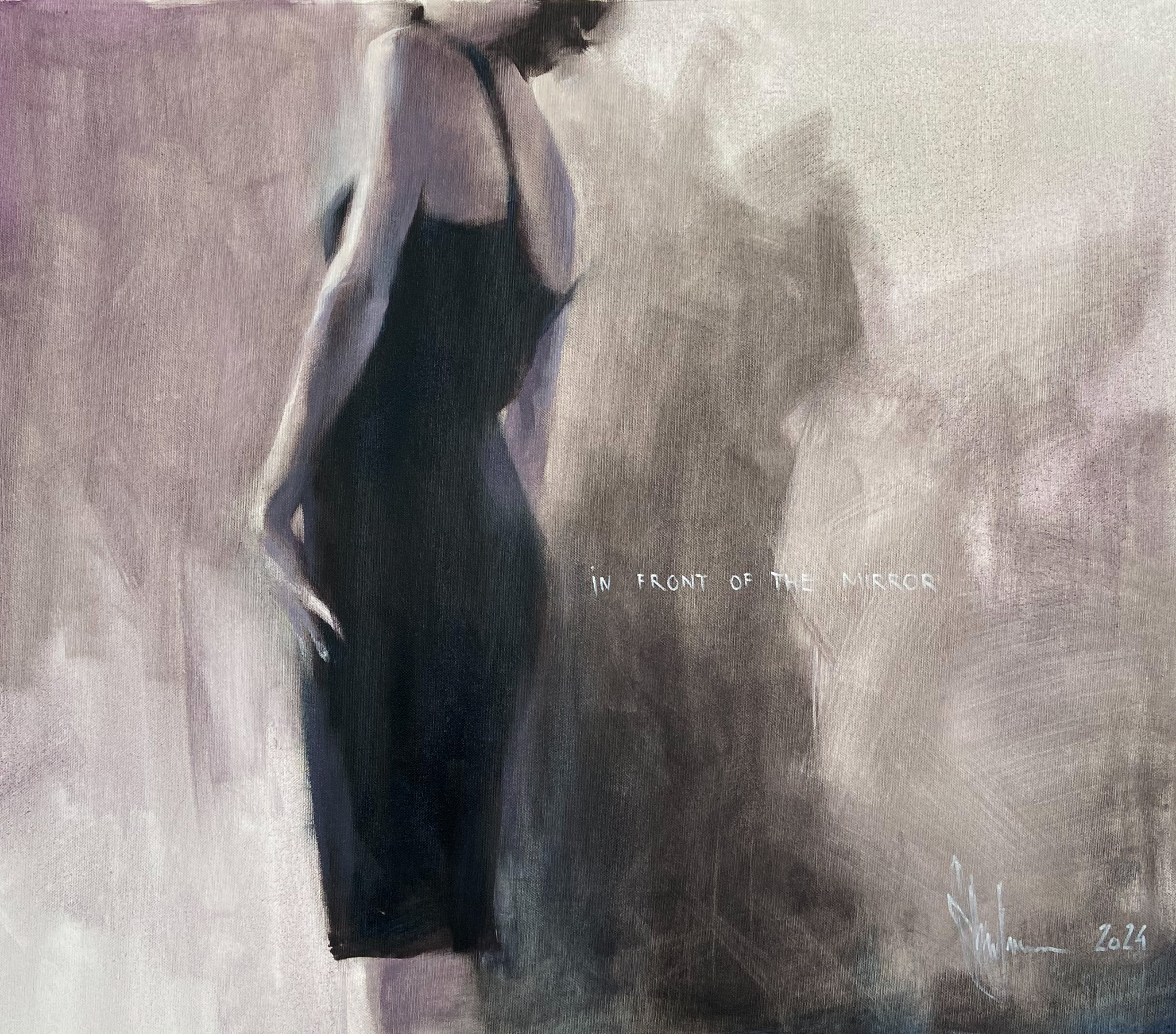Grasping Composition and Shade in Figurative Oil Painting
Grasping Composition and Shade in Figurative Oil Painting
Blog Article
A Trip With the World of Metaphorical Oil Painting: Uncovering the Special Qualities and Psychological Deepness of the Medium

History of Metaphorical Oil Paint
Arising throughout the late Center Ages and prospering throughout the Renaissance, metaphorical oil paint has an abundant background that shows both creative development and cultural evolution. Initially, oil paints were utilized in Europe as a way to improve the brightness and deepness of color in art work. Artists such as Jan van Eyck pioneered the tool, showing its prospective to capture intricate information and structures, therefore enabling a more natural representation of the human form.
As the Renaissance progressed, prominent numbers like Leonardo da Vinci and Michelangelo expanded the borders of metaphorical oil painting. They emphasized physiological accuracy and perspective, developing jobs that conveyed feeling and narrative depth. The medium's versatility permitted for trial and error with light and shadow, resulting in the development of chiaroscuro techniques that better enhanced the visual experience.
One-of-a-kind Attributes of the Medium
The advancement of figurative oil painting has actually been substantially influenced by the one-of-a-kind qualities of the medium itself. Oil paint, made up of pigments suspended in oil, supplies artists a remarkable adaptability that permits a large range of appearances and finishes. Its slow-moving drying out time allows thorough blending and layering, which can develop depth and luminance unattainable in other mediums.
Additionally, oil paint's abundant coloring provides lively colors that keep their strength in time. This characteristic is important in metaphorical painting, where capturing the nuances of complexion and psychological expressions is paramount. The capability to accomplish soft transitions and subtle slopes boosts the natural quality of subjects, enabling musicians to share intricate emotional states.
Additionally, oil paint adheres well to different surface areas, such as canvas, metal, and wood, broadening the range of creative expression. The tool's adaptability supports different techniques, from in-depth realistic look to meaningful brushwork, allowing musicians to explore their specific styles.
Eventually, the distinct buildings of oil paint not just enhance the visual experience but additionally encourage musicians to interact profound stories, making figurative oil painting a deeply expressive art type.
Designs and methods Employed
Within the world of metaphorical oil painting, musicians utilize a diverse array of strategies and styles that contribute to the deepness and richness of their job. One noticeable method is glazing, where clear layers of paint are applied over dried layers, permitting light to mirror and permeate, enhancing luminance and depth. This approach is typically utilized to achieve a feeling of realism and intricacy in skin tones.
Another strategy is impasto, where thick layers of paint are applied with a scheme knife or brush, developing a textured surface area that includes a three-dimensional quality to the paint. This style can stimulate a visceral response, attracting the visitor in through its responsive nature.
Artists additionally explore numerous brushwork styles, from penalty, comprehensive strokes that record detailed functions to more comprehensive, a lot more expressive strokes that communicate movement and emotion (figurative oil painting). The option of color scheme substantially influences the general state of mind of a piece, with warm tones frequently giving feelings of comfort and trendy tones suggesting sorrowful
Moreover, the integration of chiaroscuro, the contrast in between light and darkness, allows artists to develop significant effects that improve the narrative top quality of their work. Each method and style is carefully picked to elevate the visitor's experience and understanding.
Emotional Depth in Metaphorical Art
Psychological depth offers as a cornerstone in metaphorical art, allowing artists to go beyond simple depiction and engage audiences on a profound level. This psychological resonance is typically accomplished via the nuanced portrayal of human figures, expressions, and communications. Artists harness the power of shadow, light, and shade to stimulate sensations that resonate deeply with the audience, producing a visceral connection to the subject matter.
In figurative oil painting, the elaborate layering of paint can reflect the complexities of human emotion. The choice of combination, whether cozy or amazing, plays a vital duty in establishing the state of mind a knockout post and atmosphere of a piece. For example, softer tones may evoke serenity and self-contemplation, while vibrant, different shades can connect stress and dramatization.

Influential Artists and Their Functions
Various significant artists have dramatically shaped the landscape of metaphorical oil paint, each contributing distinct viewpoints and techniques that remain to motivate modern developers. Among these musicians, Lucian Freud stands out for his intense mental deepness and raw representation of the human form, typically obscuring the lines in between beauty and decay. Freud's jobs, identified by thick, impasto brushstrokes, invite audiences to face the intricacies of identification and susceptability.

Likewise, Andrew Wyeth's precise realism in items like "Christina's Globe" catches profound narratives within seemingly straightforward make-ups. His use light and darkness evokes a feeling of fond memories and emotional resonance, attracting viewers into the intimate globes he depicts.
In the realm of modern-day art, Kehinde Wiley has actually obtained acknowledgment for his dynamic, larger-than-life portraits that challenge typical concepts of representation. By positioning individuals of color in contexts evocative timeless portraiture, Wiley's job redefines the canon of art background.
These artists, along with others, have not only enriched figurative oil paint but have actually likewise expanded the discussion surrounding culture, identity, and feeling, making certain that the medium continues to be a crucial directory form of expression in the art globe. figurative oil painting.
Conclusion
In final thought, figurative oil painting stays an effective medium that encapsulates the intricacies of human emotion through its rich pigmentation and functional strategies. The journey through figurative oil painting discloses its long-term significance in the art world.
The exploration of figurative oil paint uses an extensive understanding right into the interaction of technique, emotion, and historical context that defines this venerable medium. Oil paint, composed of pigments suspended in oil, provides artists an impressive flexibility that enables for a large variety of appearances and coatings.Within the world of metaphorical oil paint, musicians use a varied selection of see it here techniques and designs that add to the deepness and splendor of their job.Many prominent musicians have substantially formed the landscape of figurative oil painting, each contributing unique perspectives and strategies that proceed to inspire modern creators.In final thought, metaphorical oil painting remains an effective tool that envelops the complexities of human emotion through its rich coloring and flexible methods.
Report this page